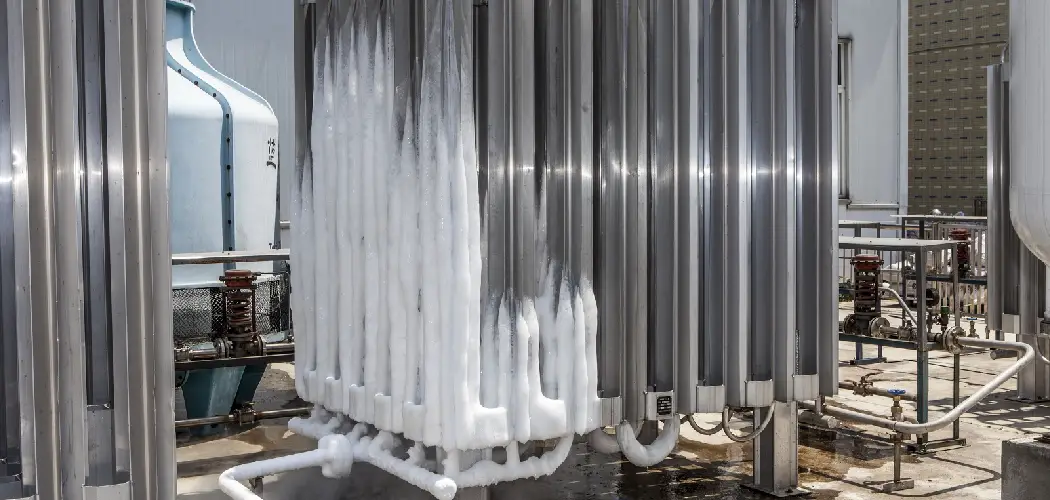Understanding how to find furnace filter size is crucial for maintaining optimal performance and air quality in your home. Furnace filters play a key role in filtering out dust, pollen, and other airborne particles, ensuring cleaner air circulates throughout your living space. Using the correct size furnace filter is essential, as an ill-fitting filter can lead to reduced airflow, increased dust buildup, and even strain on your furnace.
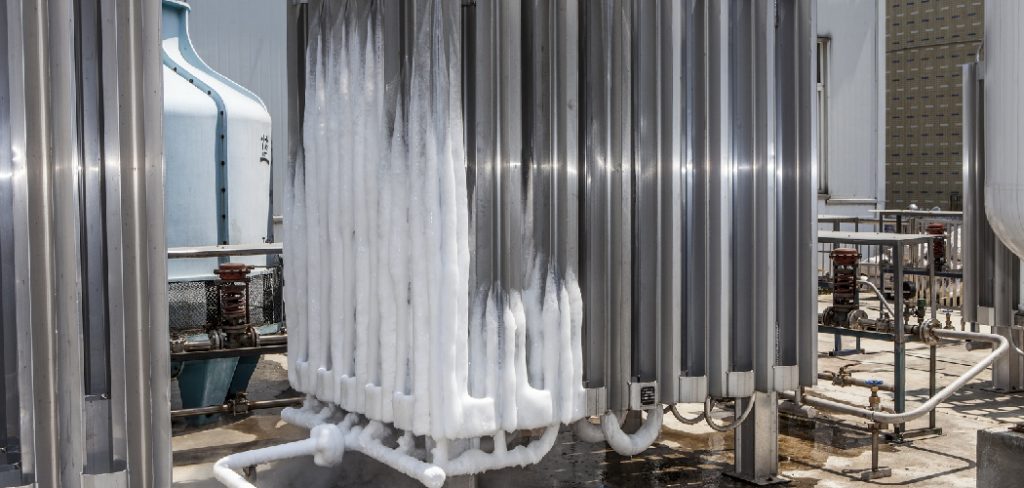
This can result in decreased efficiency, higher utility bills, and potentially costly repairs. Fortunately, identifying the correct filter size for your furnace is straightforward, thanks to the methods outlined in this guide. By following the steps provided, homeowners can easily avoid the pitfalls of incorrect filter sizes, ensuring their furnaces operate efficiently and their indoor air quality remains high.
The Role of Furnace Filters
Furnace filters serve a critical function in maintaining the cleanliness and efficiency of your home’s heating, ventilation, and air conditioning (HVAC) system. These filters are designed to trap and hold dust, allergens, pollen, pet dander, and other airborne particles before they can circulate through your living space. The benefits of utilizing clean, effective furnace filters are manifold.
Firstly, they significantly improve indoor air quality, making the environment more comfortable and healthier, especially for those with allergies or asthma. Clean filters also enhance the efficiency of your HVAC system. By preventing the accumulation of dust and debris, they ensure that your system runs more smoothly, requiring less energy and thereby reducing your utility bills.
Additionally, clean filters contribute to an extended lifespan for your furnace. By stopping dust from building up on internal components, they reduce the wear and tear on your system, potentially saving you from expensive repairs or replacement costs down the line.
Types of Furnace Filters
There are several common types of furnace filters available on the market, each designed to meet specific needs and preferences. Fiberglass filters are the most basic and cost-effective option, consisting of a disposable filter made of layered fiberglass strands.
Pleated filters, made from polyester or cotton folds, offer a larger surface area to capture more particles. HEPA filters (High-Efficiency Particulate Air filters) represent the highest standard in air filtration, capable of trapping at least 99.97% of particles of 0.3 microns in size. While each type has its advantages, the choice of filter largely depends on the specific requirements of your HVAC system and your air quality needs.
Understanding Filter Sizing Terminology
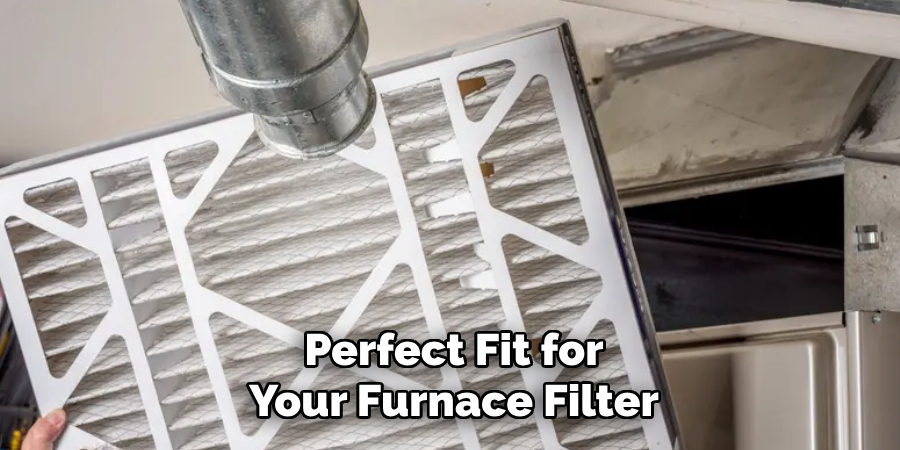
When seeking the perfect fit for your furnace filter, it’s essential to be familiar with the three key dimensions that define its size: Length, Width, and Depth—all commonly measured in inches. The Length and Width of the filter are typically the first two numbers in the size specification (e.g., 16×20), representing the filter’s horizontal and vertical dimensions, respectively.
The Depth, denoted by the third number in the sizing (e.g., 1 in 16x20x1), might not always be required for basic furnace setups but is crucial for ensuring compatibility with certain types of filters, especially those designed to capture finer particles or provide extended life.
Most furnace filters adhere to standard sizes, such as 16x25x1 or 20x20x1, catering to the common dimensions of residential HVAC systems. However, specific furnaces may require custom-sized filters due to unique design considerations or to achieve particular filtration requirements.
These custom sizes accommodate systems that may not conform to the dimensions of off-the-shelf filters, thereby ensuring that even the most uniquely designed HVAC systems can still benefit from optimal air filtration without sacrificing performance or air quality.
Locating Your Furnace
Before understanding how to find furnace filter size, it’s essential to locate your furnace, which can be situated in various parts of a home depending on its design and structure. Typically, furnaces are installed in the basement, a designated utility closet, or the attic—each location is chosen based on factors like ease of installation, space availability, and regional climate considerations.
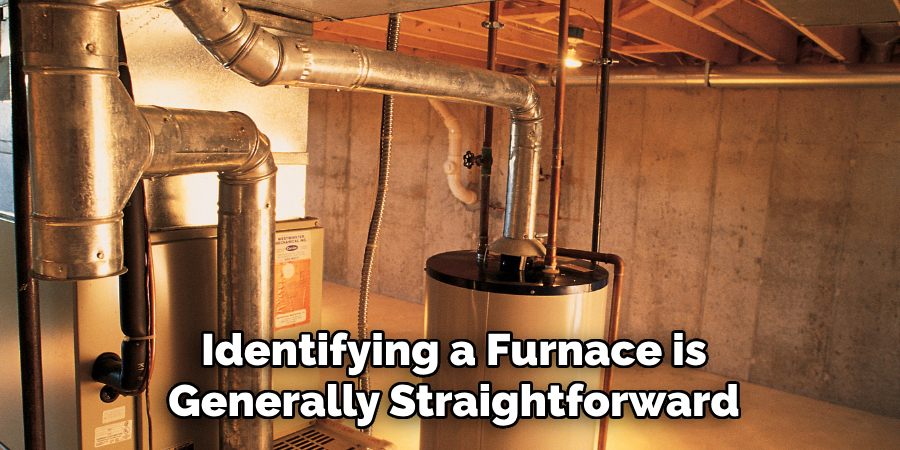
Identifying a furnace is generally straightforward; look for a sizeable metal cabinet that houses the heating system. This cabinet will have clear identifying features such as vents on the front or sides, a gas line connection if it’s a gas furnace, and possibly ductwork leading into and out of the unit.
If you’re unsure of your furnace’s location, there are a couple of strategies you might employ to find it. Firstly, consulting the blueprints of your home or the owner’s manual can provide a direct answer. These resources often detail the locations and specifications of major appliances and systems.
Alternatively, tracing the air vents in your home can lead you to their source—the furnace. Since the purpose of these vents is to distribute warm air throughout your living space, they must connect back to the central heating system. Following these vents, especially the larger return air vents can often lead directly to the main furnace unit.
How to Find Furnace Filter Size: Methods to Find Your Furnace Filter Size
Determining the correct size for your furnace filter is crucial to maintaining your HVAC system’s efficiency and air quality. Fortunately, several methods are available to ascertain this information, ensuring homeowners can find the correct filter size with relative ease.
A. Checking the Existing Filter
The simplest way to determine your furnace filter size is to remove and examine the current filter, assuming one is installed. Manufacturers typically print the dimensions directly on the filter’s edge—look for a series of numbers indicating the Length x Width x Depth (e.g., 16x25x1).
This method provides an immediate answer without requiring additional resources. However, if the filter’s dimensions are not printed on its frame or if the furnace is missing a filter altogether, you’ll need to explore other methods to find the right size. In such cases, consulting the furnace manual or the manufacturer’s website or physically measuring the filter slot are viable alternatives.
B. Consulting the Furnace Manual or Manufacturer’s Website
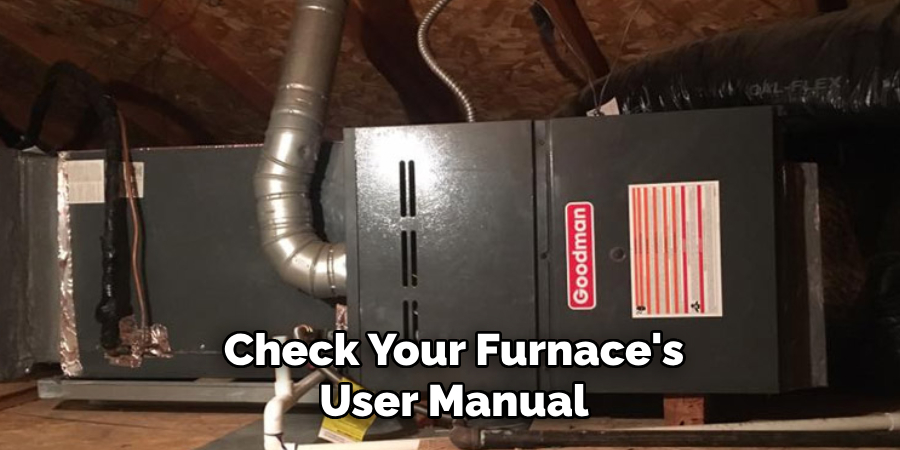
If the existing filter lacks a visible size or is absent, the next step is to check your furnace’s user manual. The manual typically includes specific details about the required filter size.
If the manual is not readily available, visiting the manufacturer’s website and searching for your furnace model can yield the necessary information. Manufacturers often provide detailed specifications for each model, including the size of the furnace filter, which ensures you select the correct product for your system.
C. Measuring the Filter Access Panel
As a last recourse, if the previous methods do not yield results, you can measure the furnace’s filter access panel where the filter slots in. Use a tape measure to determine the slot’s height, width, and depth.
It’s advisable to subtract a small margin—approximately ¼ inch—from each dimension to ensure the new filter fits properly without forcing it into the space. This margin accounts for possible variances in sizing and helps prevent damage to both the filter and the furnace from a too-tight fit.
Tips for Choosing the Right Filter Size
Ensuring you use the exact size filter specified for your furnace is paramount for maintaining your HVAC system’s efficiency and air quality. An incorrectly sized filter can lead to reduced airflow, increased energy consumption, and even damage to the furnace due to inadequate filtration and dust accumulation.
A. Standard vs. Custom Sizes
Most residential furnaces accommodate standard-sized filters, such as 16x20x1, offering convenience and widespread availability at home improvement stores. However, specific models or custom installations may require non-standard sizes. These custom sizes cater to unique design considerations or advanced filtration requirements.
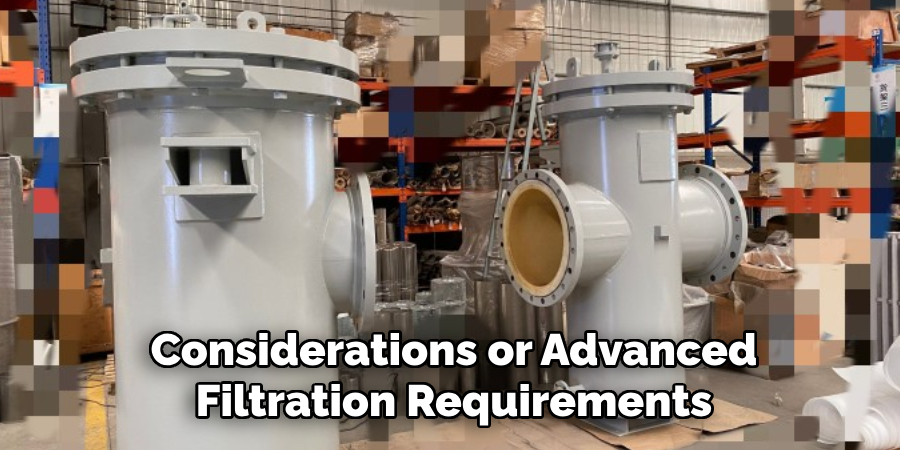
While standard sizes are readily available, obtaining a custom-sized filter may involve ordering directly from the manufacturer or a specialized supplier. It’s crucial to know whether your system uses a standard or custom size to ensure optimal compatibility and performance.
B. Depth Considerations
The depth of a furnace filter, often ranging from one to five inches, is a critical factor that sometimes goes unnoticed. Thicker filters, such as pleated models, can capture more particles and generally last longer before needing replacement.
However, ensuring the filter’s depth does not restrict airflow through the furnace is vital. Using a filter with the same depth as your existing one or slightly less can help maintain proper airflow while providing efficient particle capture. Overly thick filters can impede airflow, leading to system strain and inefficiency.
C. Consulting a Professional
If uncertainty persists regarding the correct filter size for your furnace or if your system requires a unique or custom-sized filter, consulting an HVAC professional is advisable. Professionals can assess your furnace model, discuss filtration needs, and recommend the optimal filter size and type for your system.
They can also identify any potential airflow or system compatibility issues that may not be apparent to the average homeowner. Leveraging professional expertise ensures your HVAC system operates efficiently and effectively, safeguarding your home’s air quality and comfort.
Troubleshooting Common Issues Finding Filter Size
Finding the correct furnace filter size can occasionally present challenges. Here are some potential hurdles and how to overcome them:
Missing or Unreadable Filter Markings
If the existing filter has no size markings or they are worn and unreadable, determining the correct filter size can seem daunting. One method to resolve this issue is by manually measuring the filter. Record the length, width, and depth of the existing filter using a tape measure to get the necessary dimensions.
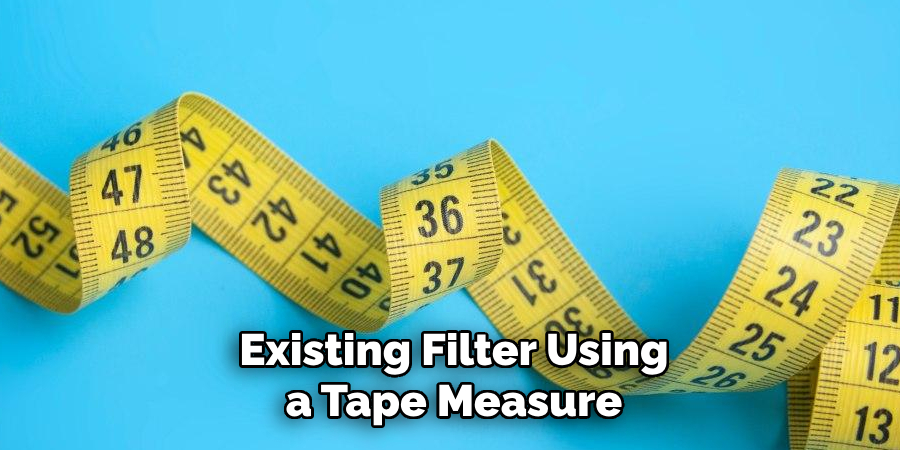
If the filter is missing or too damaged, consult the furnace’s user manual, which can provide the required size information. These steps should ensure that you select the correct filter replacement, even in the absence of visible markings.
Unfamiliar Furnace Model or Missing Manual
Finding the proper filter size requires a bit more detective work for homeowners with an unfamiliar furnace model or a missing user manual. One effective strategy is to search for your furnace model’s specifications online.
The manufacturer’s website often hosts a wealth of information, including product manuals and FAQs. Entering your furnace model into a search engine could also yield results from other homeowners or professional forums where similar models were discussed, potentially providing the needed filter size details.
Non-standard Filter Access Panel Size
In some instances, a furnace might feature a non-standard filter access panel size, complicating the search for the correct filter. This situation typically arises in custom installations or unique furnace models.
If faced with this challenge, contacting the furnace manufacturer or consulting a qualified HVAC professional can provide clarity. They can offer guidance based on the specific dimensions of your furnace’s filter slot, ensuring a proper fit and avoiding potential airflow issues or inefficiency caused by using an incorrect filter size.
Contacting the Furnace Manufacturer
Directly contacting the furnace manufacturer can be particularly helpful when other methods of determining the correct filter size fail. Whether you’re dealing with non-standard sizes, missing manuals, or simply uncertain about your findings, the manufacturer’s customer service can offer precise information.
Provide them with your furnace model and any other relevant details; they can identify the appropriate filter size and suggest where to purchase it. In some cases, they might recommend official accessories or specific filter types that best complement your furnace model, ensuring optimized performance and longevity.
Alternative Solutions and Considerations
Using a Slightly Smaller Filter
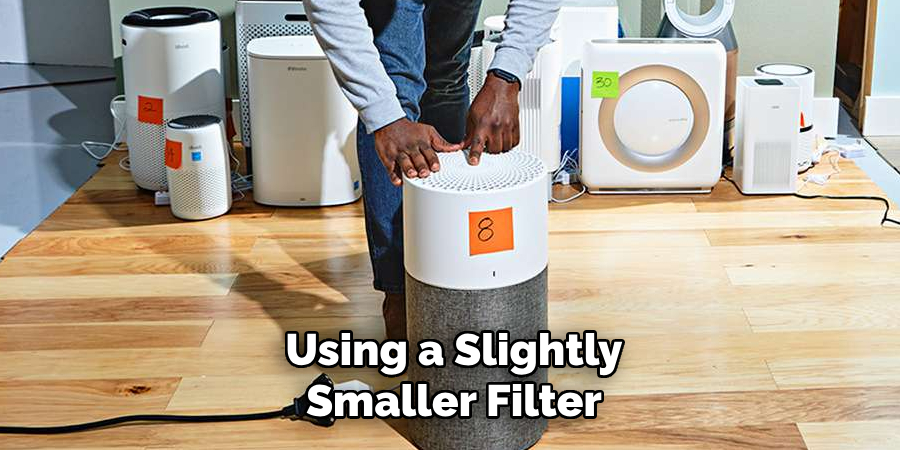
In situations where the exact filter size is not readily available, using a slightly smaller filter can serve as a temporary workaround. While not optimal, this option allows for continued operation of the HVAC system without significant disruption to airflow. It is crucial to ensure the filter is secured in place to prevent air from bypassing it completely.
This approach should only be considered as a short-term solution until the correct size can be acquired. Relying on a smaller filter over extended periods can result in reduced filtration efficiency and potentially more strain on the HVAC system.
Custom Filter Options
Custom-sized filters present a viable solution for homeowners facing unique circumstances where standard filter sizes do not fit. These bespoke filters are tailor-made to specific dimensions, ensuring a perfect fit for your HVAC system. However, it’s important to be aware of the drawbacks associated with custom filters, such as higher costs and longer lead times for production and delivery.
Despite these challenges, custom filters offer solutions for those with non-standard furnace sizes or specific filtration needs. When considering this option, weigh the benefits of a precise fit against the increased expense and wait time to decide what’s best for your situation.
Maintaining Your Furnace Filter
Regular maintenance of your furnace filter is crucial for ensuring the optimal performance of your HVAC system. A clean filter not only improves air quality by preventing dust, pollen, and other pollutants from circulating through your home but also enhances the efficiency of your furnace by facilitating better airflow. Consequently, this can lead to reduced energy bills and extend the lifespan of your HVAC system.
The frequency of furnace filter replacements can vary depending on the type of filter you use. High-efficiency filters, for instance, may require monthly changes to maintain peak performance, especially during periods of high usage. In contrast, standard filters might only need to be replaced every three months. Regardless of the type, setting a regular schedule for filter changes is imperative.
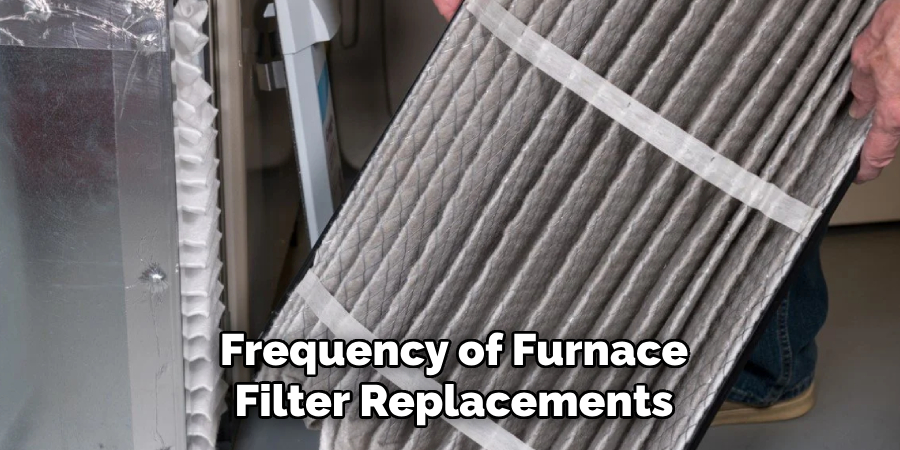
To further simplify maintenance, it’s a good practice to label each new filter with the date of replacement as you install it. This simple step will make it easy to keep track of when it’s time for a change, ensuring that your furnace continues to operate smoothly and efficiently. Remember, regular filter maintenance is a small but critical task that can significantly impact the overall health of your HVAC system and the comfort of your home.
Frequently Asked Questions
Q1: How Often Should I Replace My Furnace Filter?
A1: The replacement frequency of furnace filters varies depending on the filter type and your HVAC system’s usage pattern. Generally, high-efficiency filters may need monthly replacement, while standard filters can last up to three months. Always check the manufacturer’s recommendations for the most accurate guidance.
Q2: Can I Use a Filter Larger than The Recommended Size for My Furnace?
A2: Using a filter larger than the size recommended by your furnace manufacturer or HVAC professional can cause improper fit and potential airflow issues. It’s crucial to use the correct filter size to ensure efficient operation and avoid strain on your HVAC system.
Q3: Are Custom-Sized Filters Worth the Extra Cost?
A3: Custom-sized filters can be beneficial if your furnace requires a non-standard size or if you have specific filtration needs. While they come at a higher cost and might have longer production and delivery times, they ensure a perfect fit and optimal performance for your HVAC system.
Q4: What Can I Do if I Can’t Find the Precise Filter Size or If the Manufacturer Is Unavailable?
A4: If the exact filter size is challenging to find or if the manufacturer is unresponsive, consulting with a qualified HVAC professional can offer alternative solutions. They might suggest compatible filter sizes or advise on custom filter options according to the dimensions of your furnace’s filter slot.
Q5: How Important Is It to Check the Filter’s Efficiency Rating?
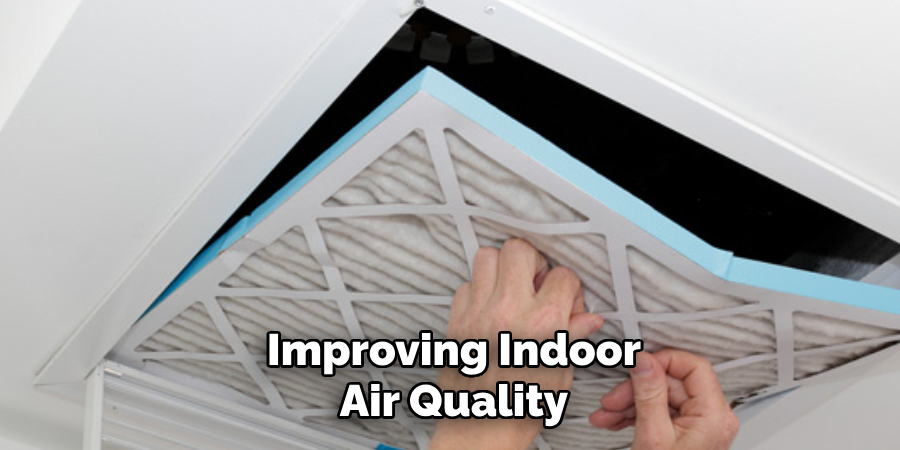
A5: Checking the filter’s efficiency rating (like MERV ratings) is critical, as it provides insight into its capability to block various particles. Higher-efficiency filters can trap smaller particles, improving indoor air quality, but may require more frequent replacements due to quicker buildup. Choose a filter that balances efficiency with your HVAC system’s capabilities and your air quality needs.
Q6: Can I Clean and Reuse My Furnace Filter?
A6: Whether a furnace filter can be cleaned and reused depends on its type. Some filters are designed for single use and must be replaced when dirty, while others are washable and reusable. Always refer to the filter’s label or the manufacturer’s guidelines to determine if your filter is reusable and how to clean it properly.
If you have any additional questions or specific concerns not covered in these FAQs, a professional HVAC technician or the furnace manufacturer can provide personalized assistance and recommendations tailored to your situation.
Conclusion
In conclusion, understanding how to find furnace filter size is vital for both the efficient operation of your HVAC system and indoor air quality maintenance. The significance of using the appropriate filter size cannot be overstated, as it directly influences your home’s comfort and the health of your HVAC system.
Whether it’s by measuring the filter, consulting the user manual, searching online, contacting the manufacturer, or even considering custom filter options, various methods and resources are at your disposal to ensure you find your specific filter size.
Homeowners are encouraged to prioritize regular maintenance of their furnace filters, including timely replacements, to sustain a healthier, more comfortable home environment. By doing so, you not only enhance the air quality but also contribute to the longevity and efficiency of your HVAC system. Remember, a well-maintained furnace filter is a small investment that pays off by ensuring your home remains a sanctuary of clean, breathable air.

